Your window sill is the bottom part of your window that runs horizontally with the jamb and is pressed against the outside of the window sash. The inside part of it is called a window stool or a windowsill.
Much like other wooden items, window sills go through wear and tear, and can even rot. If one is no longer functional, it won’t prevent water from entering the house, so it will leak.
Sun bleaches the sill and makes it expand or contract, thus affecting the way the window closes over time. Even the highest quality window sill won’t last forever.
Window sill replacement is necessary from time to time. If you want to do it yourself, keep reading and follow the steps carefully! Here is how to replace a window sill…
What Do Window Sills Do?
Window sills are the bottom part of the window. They serve as protection and additional support to the structure. Your sill also keeps water from entering the house and damaging the floors and walls. Without it, the window would have to fight all the forces of nature alone.
How to Check Your Window Sill for Rot?
Start by poking it with a screwdriver. If it caves in or is soft, the wood is rotten. If there’s rot near the exterior casing, then the casing could be rotten as well.
Luckily, the rot doesn’t always spread everywhere. If it hasn’t spread yet, you can use a wood hardener and two-part epoxy filler to repair the sill. It’s hard, but it’s not rocket science! All you need is some basic tools.
Why Do Window Sills Need Replacing?
As wood grows old and weak, it starts to affect the frame. It can even break the sash windows. If you learn how to replace your window sill yourself, you will protect your window from rot and save some money. Hiring a professional to replace a rotten sill can bequite expensive.
Invest in high-quality timber. It will serve you for years and look very appealing. Always make sure to get the highest-quality products to get the best result.
How to Replace a Window Sill?
Replacing your own window sill will only take a few hours. All you need are some basic tools and a new piece of wood.
Materials and tools:
- Handsaw
- Hammer
- Hacksaw
- Measuring tape
- Pry bar
- Drill
- Pliers
- Reciprocating saw
- Shims
- Primer
- Paint
- Matching lumber
- Galvanized nails or screw
Step 1: Remove the stool
Start by removing the interior casing molding if needed. Some stools overlap with the sill, while others are straight up against it. If the stool is rabbeted, pry it up from the outside. If it’s straight, pry it up from the inside.
Step 2: Take out the sill
You will find caulk or sealant surrounding the window sill. Use a utility knife and a hammer to break it off. Then, pull it off the window with a chisel or a pry bar. Use the pry bar to remove the side casing or the trim material around the frame. Keep it nearby, you will need it later!
Some sills are downward sloping, thus allowing the water to run down. If yours is like that, you need to remove the support that holds it up. The newer ones often use beveled wood sections, which come off in one piece. Remove decorations from around the sill if there are any.
Step 3: Scrub off the debris and caulking
Scrub off the debris on the window frame using a rag and a utility knife. Then, clean off leftover sill or caulk with a solvent and sandpaper. Pull out any screws or nails.
Now, if the rot is localized, apply your two-part epoxy and wood filler. Wood filler fills up holes and hardens as soon as you apply it. When applied to the window sill, it will bond with the other materials to seal the hole.
Step 4: Mark the new lumber
Place the old window sill on top of the new wood and trace the shape. Then, cut out the shape with a table saw and a hand saw. Sand the wood with an orbital sander. Once it’s ready, test to see if it fits and sand it to perfection.
If your window sill is damaged or out of shape, go based off the space of the sill. If you can, get an extra board, in case the one doesn’t fit the window perfectly or isn’t big enough.
Step 5: Cut the new sill
Cut your wood to fit the window sill. It’s always better to cut a bigger piece and shave it later than have a piece that’s too small. If your new piece is bigger than the old one, it will definitely fill up the space and prevent water leakage.
If your window sill was sloped downwards, try to recreate the slope. Do so if the old window sill was effective and you can still use it as a template. You can also use the angle of the original side casting to get the new angle right.
Step 6: Place the new sill
Take the new sill and nail it or screw it in place. Make any adjustments you need to make sure the sill is in the right spot. Do that before you start drilling!
Drill slowly and carefully as not to damage the new sill. Place the screws on the outside edge of the sill and drill them in the same places the old screws were positioned. If you’re not sure, space the screws 6 inches apart.
Step 7: Add a layer of caulk
Get a caulk gun and apply caulk all around the edges of the window sill. We recommend you use outdoor caulk for water prevention. Then, let the caulk settle for 24 hours.
Step 8: Final touches
Now that you know how to replace a window sill and you’ve got the shape that you want, sand down the edges with sandpaper. Paint the window sill to match the window or any other wood you have around it.
Remember to be extra careful when prying. Always wear safety goggles when working with wood to avoid scraps flying in your face.
If you’re more of a video person, here’s a neat video showing the process:
If you enjoyed reading this article about how to clean an area rug on hardwood floor, you should read these as well:
- What Kind of Mold Grows in Window Air Conditioners and How to Get Rid of It?
- How to install window flashing tape with no mistakes
- Crawl space vs basement, are they the same thing?
The post How to Replace a Window Sill With a New One (Answered) appeared first on Impressive Interior Design.
source https://www.impressiveinteriordesign.com/how-to-replace-window-sill/
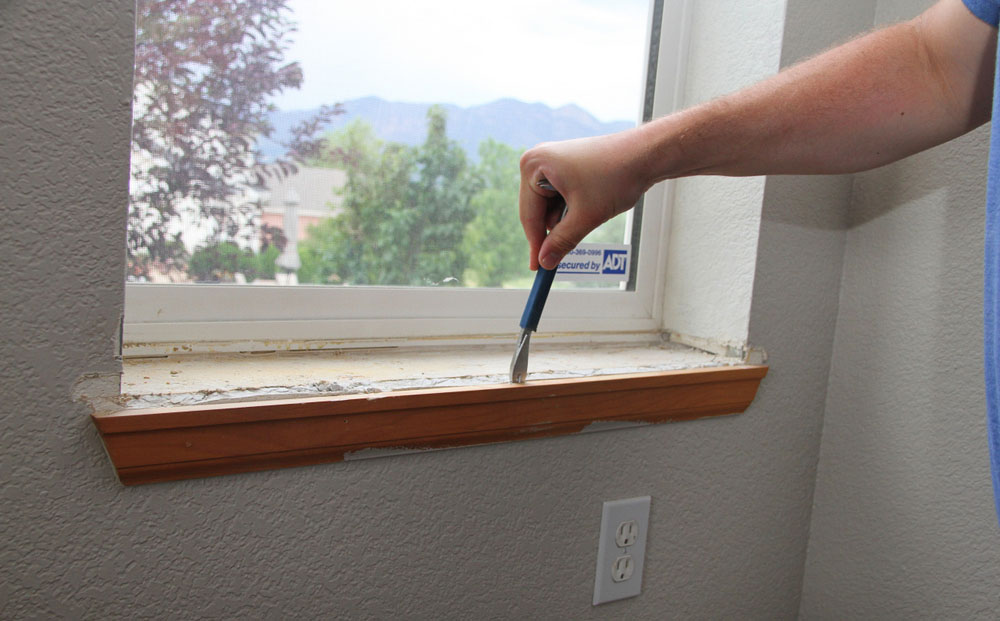
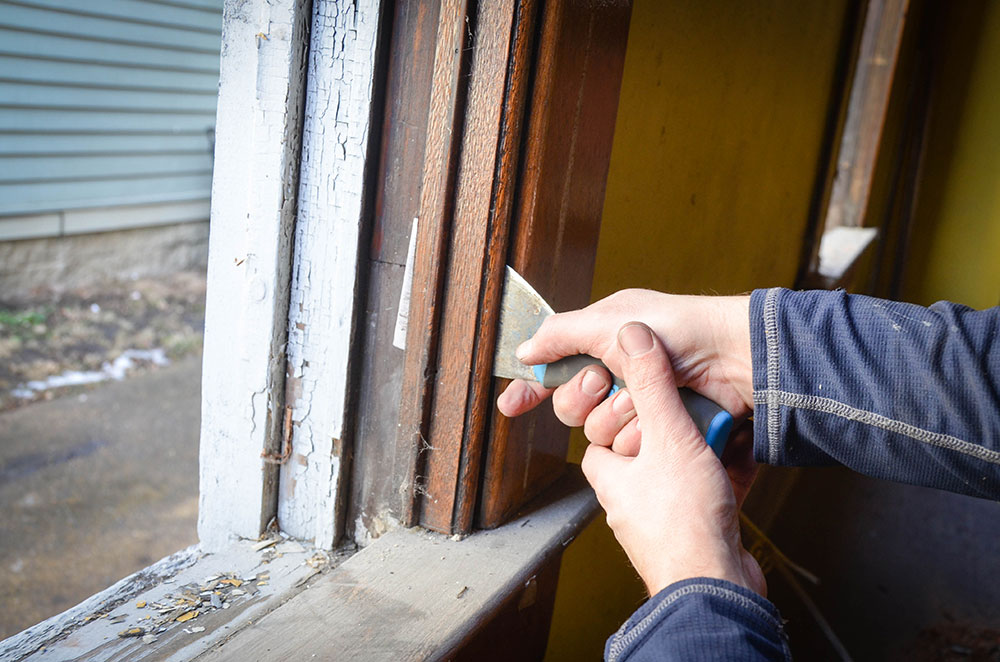
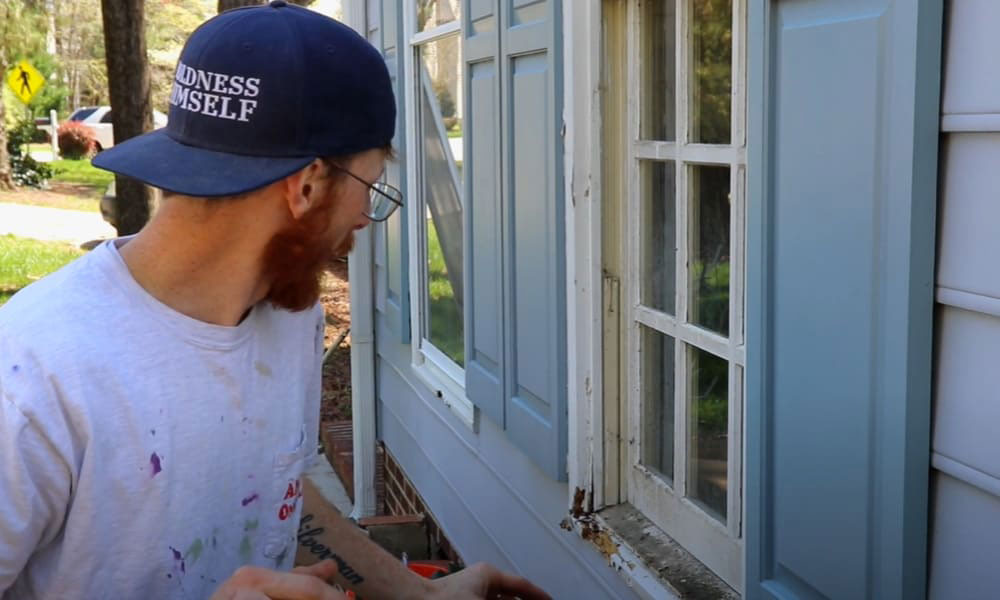
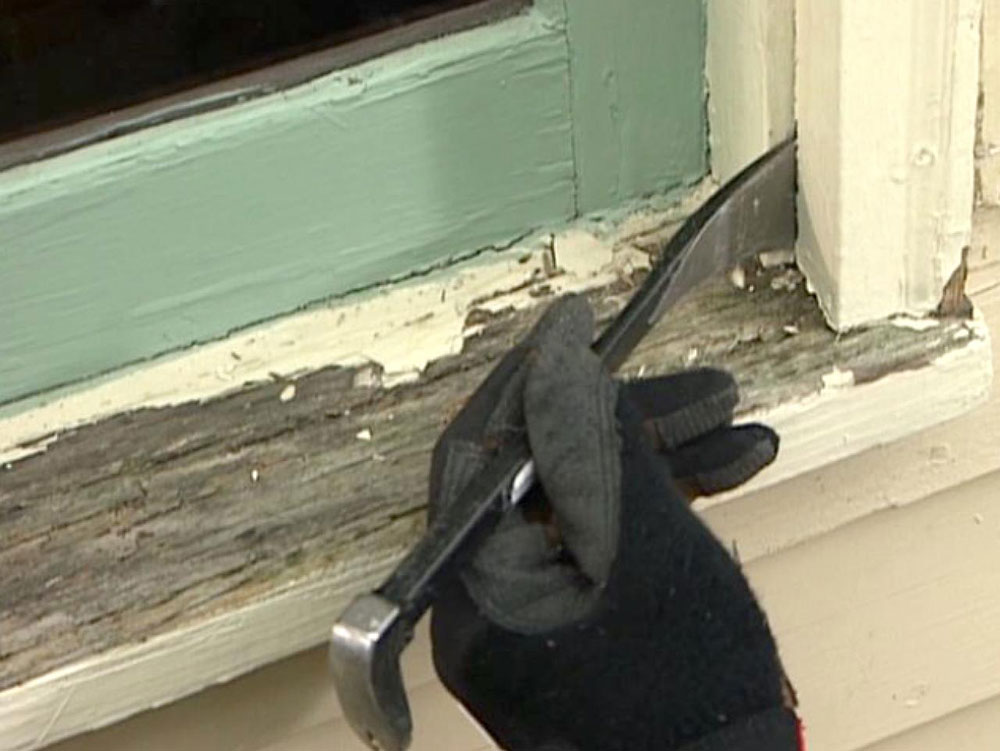
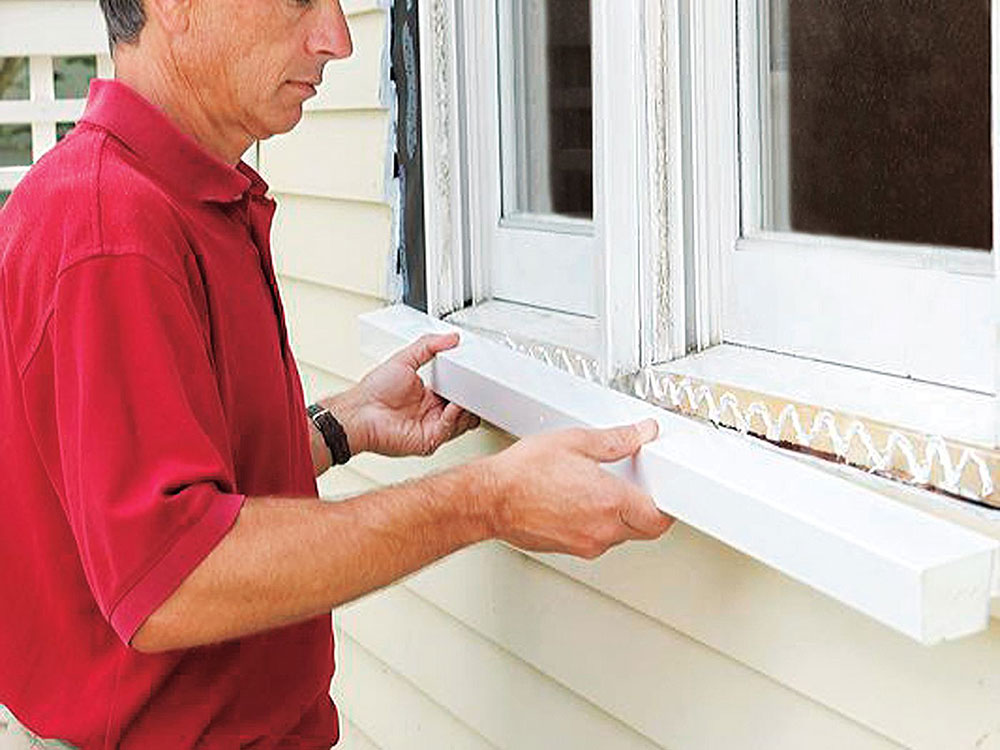
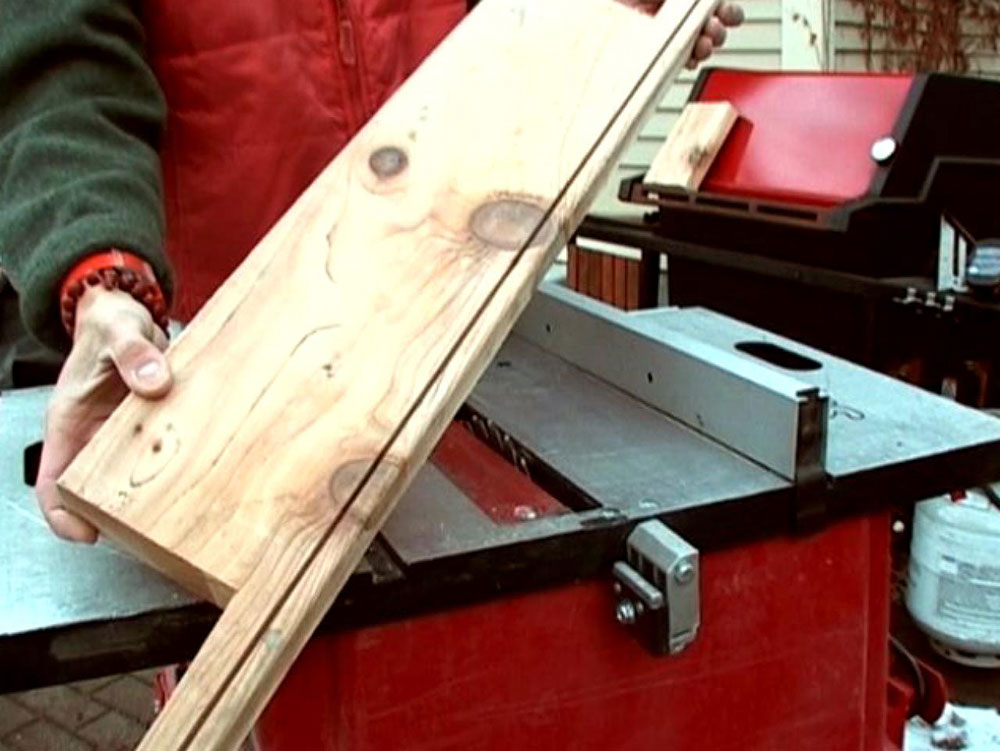
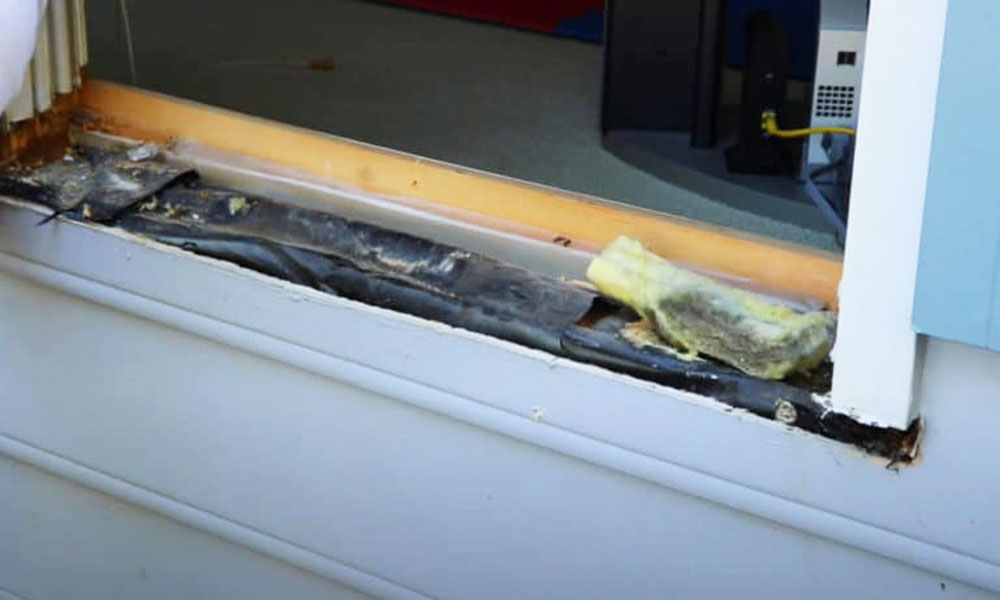
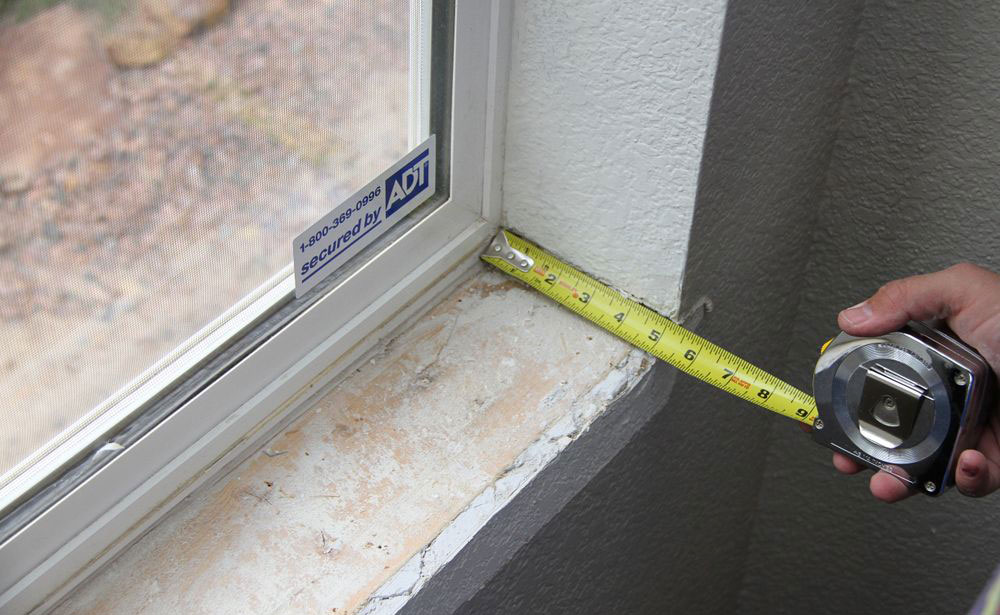
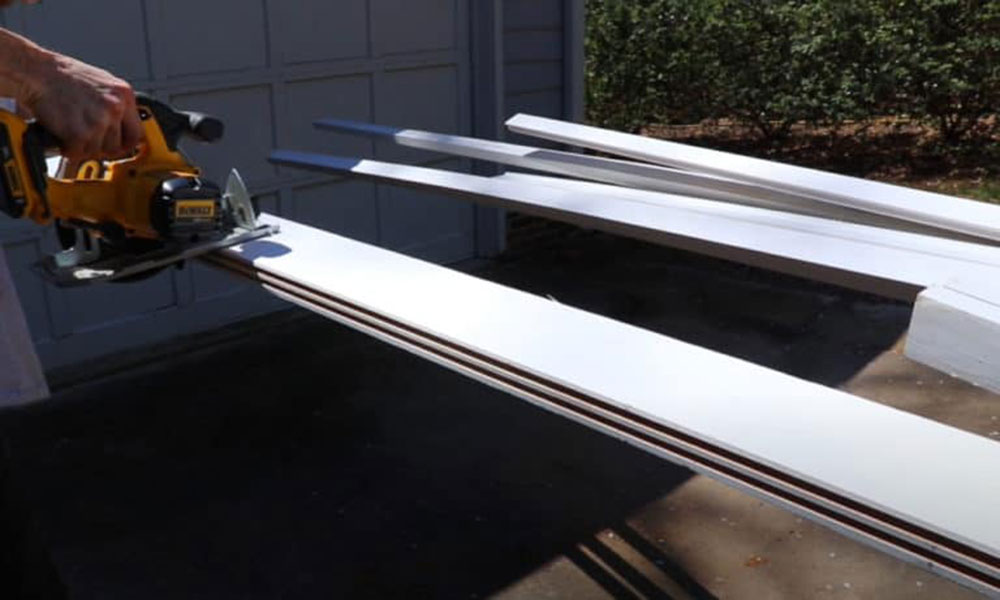

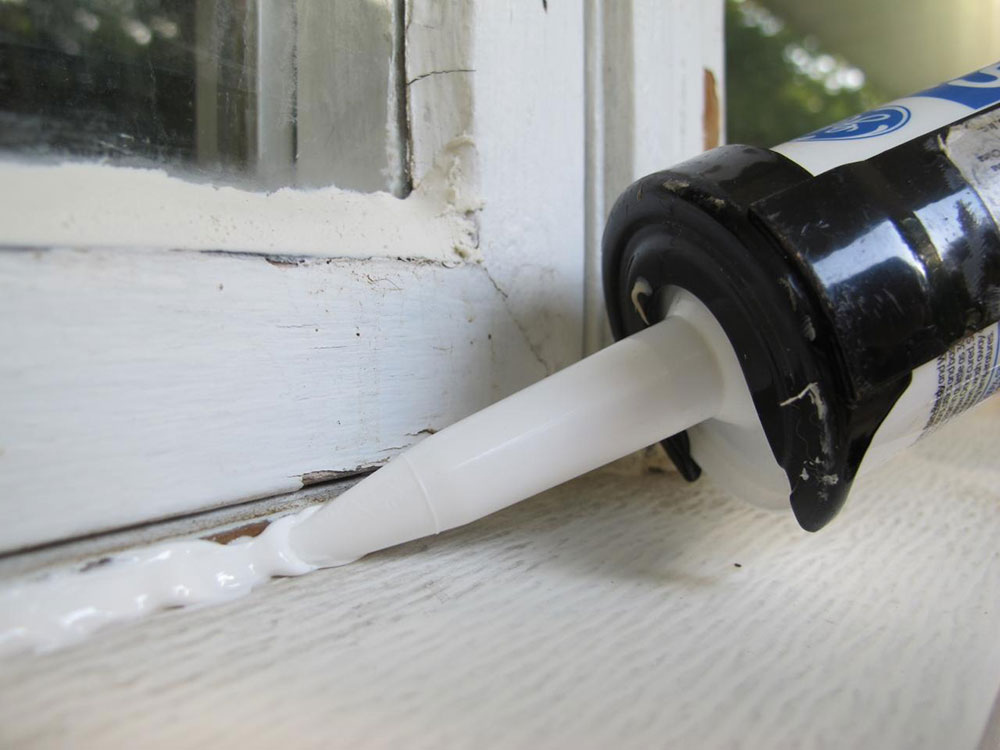
No comments:
Post a Comment